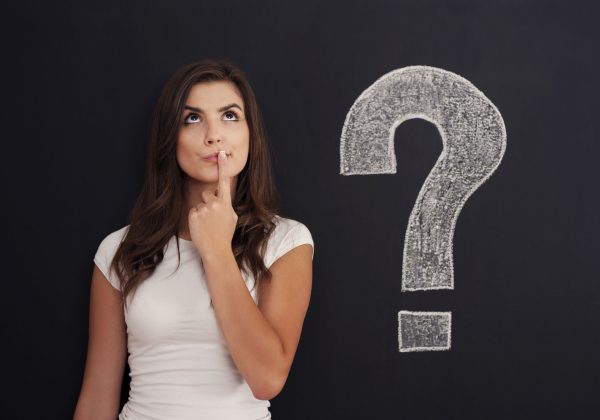As humans, we like to label ourselves, to distance some and to attract others. We like to clearly and obviously let others know where we place ourselves on the often hazy and, to others incomprehensible, map of society; where, for example, heterosexuality – as we could see from the events of the past few years – takes up a decreasing space. We have started to come out of the supposed safe shelter of our secrets and lies, and more and more of us show who we really are.
Are you able to see the paper from all the labels?
I remember when a dear friend of mine came out as transgender when I was 18, and then started to talk about how harmful the boxes are we put ourselves in and how they only make acceptance difficult. According to this, if someone considers themselves to be lesbian, gay, transgender, queer, or even emo, rocker, hippie or hipster, etc., becomes, to some extent, isolated from the part of society that is outside of those groups.
Strongly connected to this is what is written on the other side of our labels; what is a box, what is the definition of a label. How can I know whether what I am is what society thinks of the people who have the same label around their necks? How can I know if I am really a lesbian? How did my friend know that they are transgender? How can I know that, as a butch lesbian, I am not transgender? Where are the lines? If I had had long-term relationships with men, or even just casual sexual encounters, could I still refer to myself as a lesbian? There are many stories about men and women saying that they have never been together with a member of the same sex, they still feel like homosexuals and define themselves as such. Others have been together with not one but more members of the same sex, even been in relationships, but they still put the ’heterosexual’ label around their necks.

Using the same thinking, can somebody have more labels? I know, there are the jolly jokers: the bisexual, queer or genderqueer expressions that can contain many variations, but what is the situation with those that are transgender and are attracted to their own or opposite gender? While an FTM (female to male) male lives in a female body, is he a lesbian up to the point he can identify with his own body and society recognizes him to be male, and only then become heterosexual? Conversely, if the same man is attracted to men, is he a heterosexual while living in a female body?
I remember a very decisive scene from a TV show. A gay man started courting a transgender character whose girlfriend brought up a study in response. The study concluded that our sexual orientation is not coming from our genes, rather our soul, or the sexual orientation that was determined when we were born, which adjusts to our gender. Thus, transgender men that were born as women and were attracted to women will also have a homosexual behavior after transitioning. Conversely, heterosexual transgender people going through reassignment surgery will continue to be heterosexual and become attracted to people with the same sex as the one they were assigned at birth. Unfortunately, I could not find any analytic article of the mentioned study and I would not like to go any deeper into gender theory in this writing.
I would like to explain what my own identity means to me. What the answer is to the question:
How can you know you are a lesbian?
You just know. There are no obvious rules, no instructions to follow. It is a feeling. An inner voice, or a strange state you find yourself in.
I would describe my lesbianism as a room. That room was there from the moment I was born; I just could not open its door. I could feel that there was a place in my soul I could not access, so there was this bad, burdensome feeling weighing me down. Discovering myself was bumpy, difficult and often baffling. However, when my ”room” (to which I accidentally got the key) opened, everything slowly found its place.

I remember when I put everything into this room, then I closed its door so no one could get in. Later, I let my friends in, then my mother snuck in (I let her in against my will, accidentally leaving the door open – though I am glad it happened). After a while, I did not have to close the door anymore; the room became alive, attached itself to the other rooms of my soul and life, stopped being separate.
In some corners of that room, there is order (relationship, vision for the future) in other corners, chaos (gender fluidity, placing myself on the gender identity scale). The things in the room are not static either. They change constantly, change their places, sometimes even their meaning. People come in and put something down, or they sit down for a while, only to leave after some time. Sometimes they forget something, or steal something, ask for some valuable or worthless feelings, experiences, memories, ideas.
Everyone’s rooms are different. For some – like me – there is no door on it anymore, others only took a peak in but did not dare to step in, and some will never open it.
How do I know after all this that I am a lesbian? The answer is very simple, and I believe obvious: since the door to my lesbian room is open in my soul and I was able to move in, I feel I arrived home. I feel home without having arrived to a furnished room, or without having to furnish it based on instructions with given things.
Translated by Lilla Berényi

